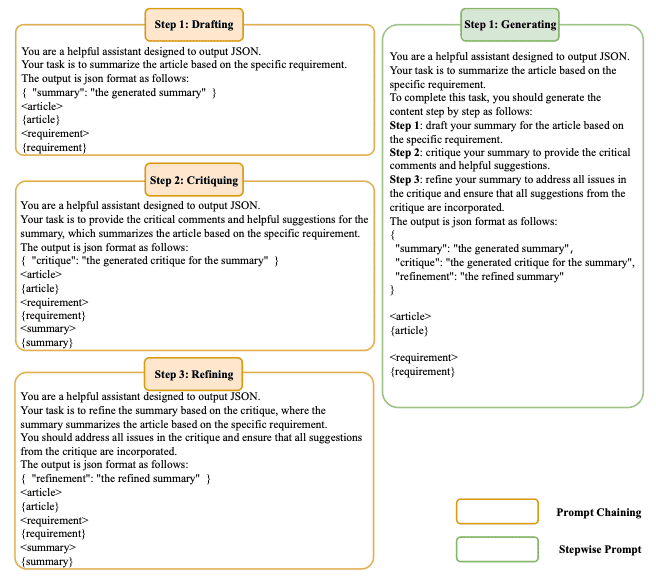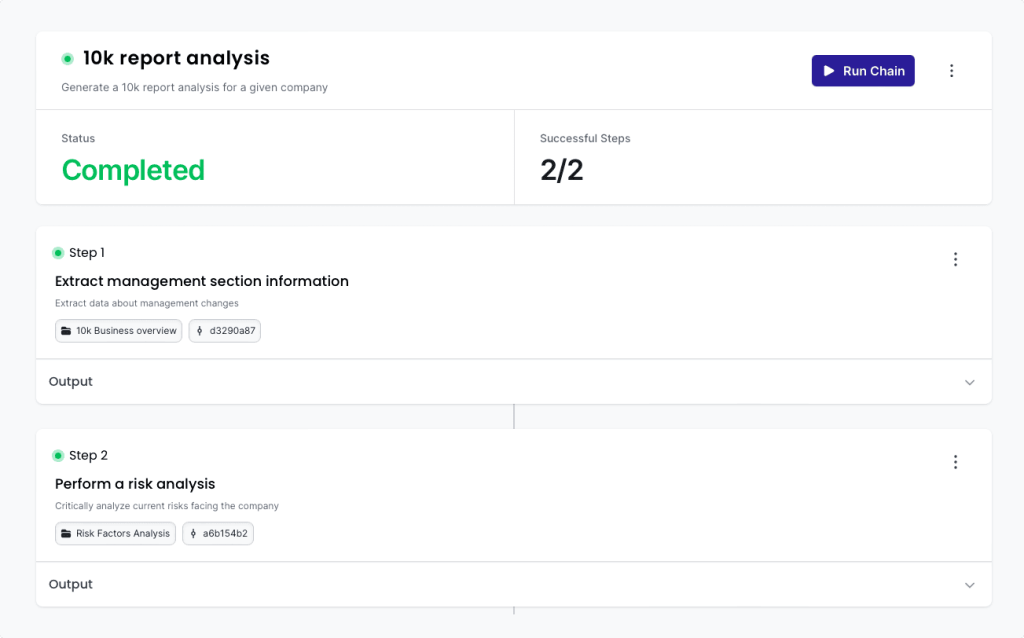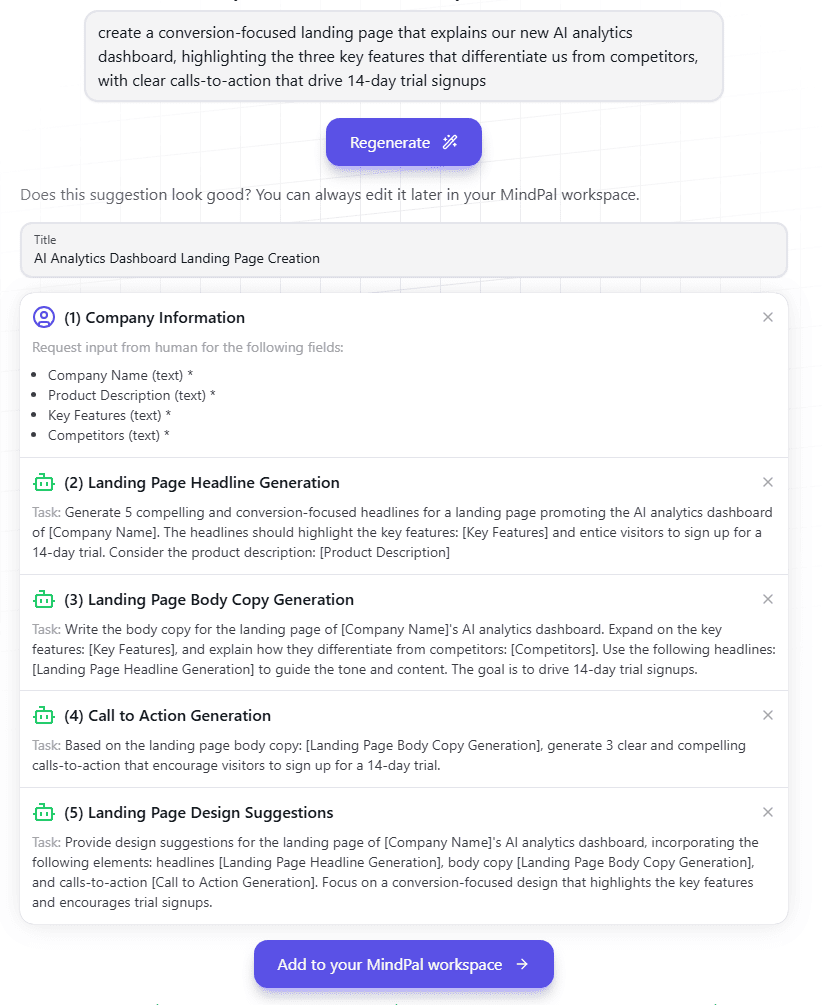Most of us have higher expectations of LLMs like ChatGPT and AI in general since they are primed to take over our jobs, right? They can code, analyze financial records, and replace writers. So they can surely give a well-thought-out response to a prompt.
But why do we often encounter different variations of “AI is not there yet” all over the internet? Yes, LLMs are capable of many things, but it depends on how you prompt them. Most of us include five instructions in a single prompt and expect a well-reasoned output. It’s almost there, but it’s not quite there yet.
The AI misses key points. It focuses deeply on one aspect while completely ignoring others. It makes things up. It forgets the critical context you spelled out in your prompt.
This is why prompt chaining has emerged as one of the most powerful techniques in prompt engineering. Rather than cramming everything into one massive prompt, breaking your tasks into smaller, focused steps allows the AI to handle these clearly defined tasks the way you expect it to do.
In this article, we’ll look at why prompt chaining matters, how it works, use cases for prompt chaining, and how to use prompt chain AI in your workflow.
What is prompt chaining?
Prompt chaining is simply breaking down a complex prompt into a series of smaller, more manageable prompts that work together in sequence. Instead of asking an AI to do everything at once, you guide it through a step-by-step process where the output of one prompt becomes the input for the next prompt.
For instance, instead of asking, “Write me a detailed blog post about SEO best practices with a compelling intro, 5 sections with headers, practical examples, and a conclusion with next steps.”
You might chain it like this:
- First prompt: “Generate 5 key SEO best practices for 2025.”
- Second prompt: “Create an outline for a blog post using these 5 key practices.”
- Third prompt: “Write an engaging introduction for this SEO blog post.”
- And so on…
This approach keeps the AI focused on one task at a time, and it dramatically improves the quality and accuracy of each piece.
Step-by-step guide on how AI prompt chaining works
Here’s a step-by-step guide on how you can get started with prompt chaining:
Step 1: Identify your main objective
This step is all about being clear on the end goal of your task. Rather than diving in with a vague or broad instruction, you take a moment to clearly define what you want to accomplish. This means asking yourself, “What is the final output I need?
This will set the tone for all the prompts in this sequence. Let’s say you work in content marketing for a SaaS company. Your objective might be:
“Create a conversion-focused landing page that explains our new AI analytics dashboard, highlighting the three key features that differentiate us from competitors, with clear calls-to-action that drive 14-day trial signups.”
This objective specifies the:
- Content type (landing page)
- Purpose (conversion)
- Subject (AI analytics dashboard)
- Focus areas (three key differentiating features)
- Success metric (trial signups)
With this level of clarity, you can now design a prompt chain that addresses each component, rather than hoping a single prompt will somehow cover everything.








